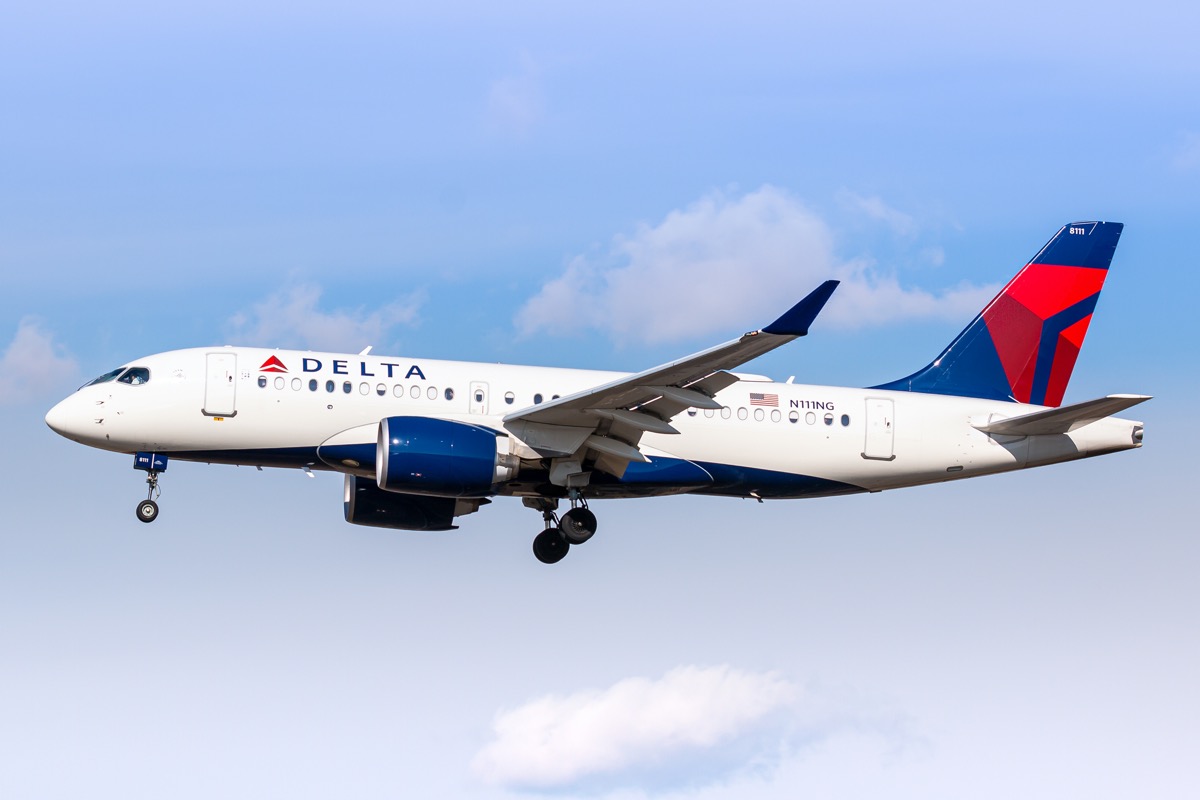Since the start of the pandemic, flying has not been recommended as doing so puts people in close contact with others for longer periods of time. When the virus first hit, airlines were blocking off middle seats to help passengers social distance. While they’ve loosened that restriction over time, a new CDC study suggests that could be putting passengers at risk.ae0fcc31ae342fd3a1346ebb1f342fcb The study, which was published this week in the Morbidity and Mortality Weekly Report, was conducted in a Nov. 2020 simulation and found that when an aircraft’s middle seats were left vacant, exposure to the virus was significantly reduced. “Based on a data-driven model, approaches to physical distancing, including keeping middle seats vacant, could reduce exposure to SARS-CoV-2 on aircraft,” the CDC study concluded. “Physical distancing of aircraft passengers, including through policies such as middle seat vacancy, could provide additional reductions in SARS-COV-2 exposure risk.” The CDC study used modeling to look at COVID exposure on single-aisle and twin-aisle aircrafts, and the researchers found that “exposures in scenarios in which the middle seat was vacant were reduced by 23 percent to 57 percent, compared with full aircraft occupancy, depending upon the model.” And for more places to be on the lookout, check out If You See This at Your Gym, Don’t Go Inside, CDC Warns. Shortly after President Joe Biden took office, he put a mandate in place that requires the use of masks on planes, buses, trains, and other forms of public transportation. But the new CDC study was based on data collected by Kansas State University in July and August of 2017, so it didn’t examine how face masks would play a role in transmission. The original Kansas State University study looked at how virus particles spread through the air in an aircraft cabin and was used to create a “regression model to estimate the reduction in aerosol concentration as distance from a source increased.” Some experts have been critical of the CDC study’s lack of inclusion of masking in its findings. Joseph Allen, a ventilation expert at Harvard T.H. Chan School of Public Health, who spoke with The New York Times, said, “I’m surprised to see this analysis come out now, making a big statement that middle seats should stay open as a risk-reduction approach, when the model didn’t include the impact of masking. We know that masking is the single most effective measure at reducing emissions of respiratory aerosols.” And for more COVID news delivered straight to your inbox, sign up for our daily newsletter. Save for Delta Airlines, U.S. air carriers have returned to filling all seats on aircrafts. But starting on May 1, Delta will stop blocking middle seats. Ed Bastian, the CEO of Delta, said in a recent statement: “The relationships we’ve built, together with the knowledge that nearly 65 percent of those who flew Delta in 2019 anticipate having at least one dose of the COVID-19 vaccine by May 1, are what’s giving us the assurance to offer customers the ability to choose any seat on our aircraft, while also introducing new services, products and rewards to support the journey.” And for more signs a certain place isn’t safe, check out The CDC Says If You See This at a Restaurant, Don’t Go Inside. The “CDC recommends delaying travel until you are fully vaccinated, because travel increases your chance of getting and spreading COVID-19,” the agency says. However, if you’re not yet vaccinated and need to hop on an airplane in the near future, you’re still able to—you’ll just be required to follow quarantine and COVID-testing protocol. Unvaccinated people need to get a viral test one to three days before their trip, and then, after traveling, they need to self-quarantine for a full seven days and get a viral test three to five days after flying. But if you’re among the 78.5 million people across the U.S. who are considered fully vaccinated as of April 15, you don’t need to get tested before traveling or self-quarantine afterwards. Still, in addition to masking, the CDC is urging travelers to keep six feet from others, avoid crowds, and wash their hands frequently. And for more helpful tips on what’s safe and what’s not, check out If Your Grocery Store Doesn’t Have This, Don’t Go Inside, CDC Says.



